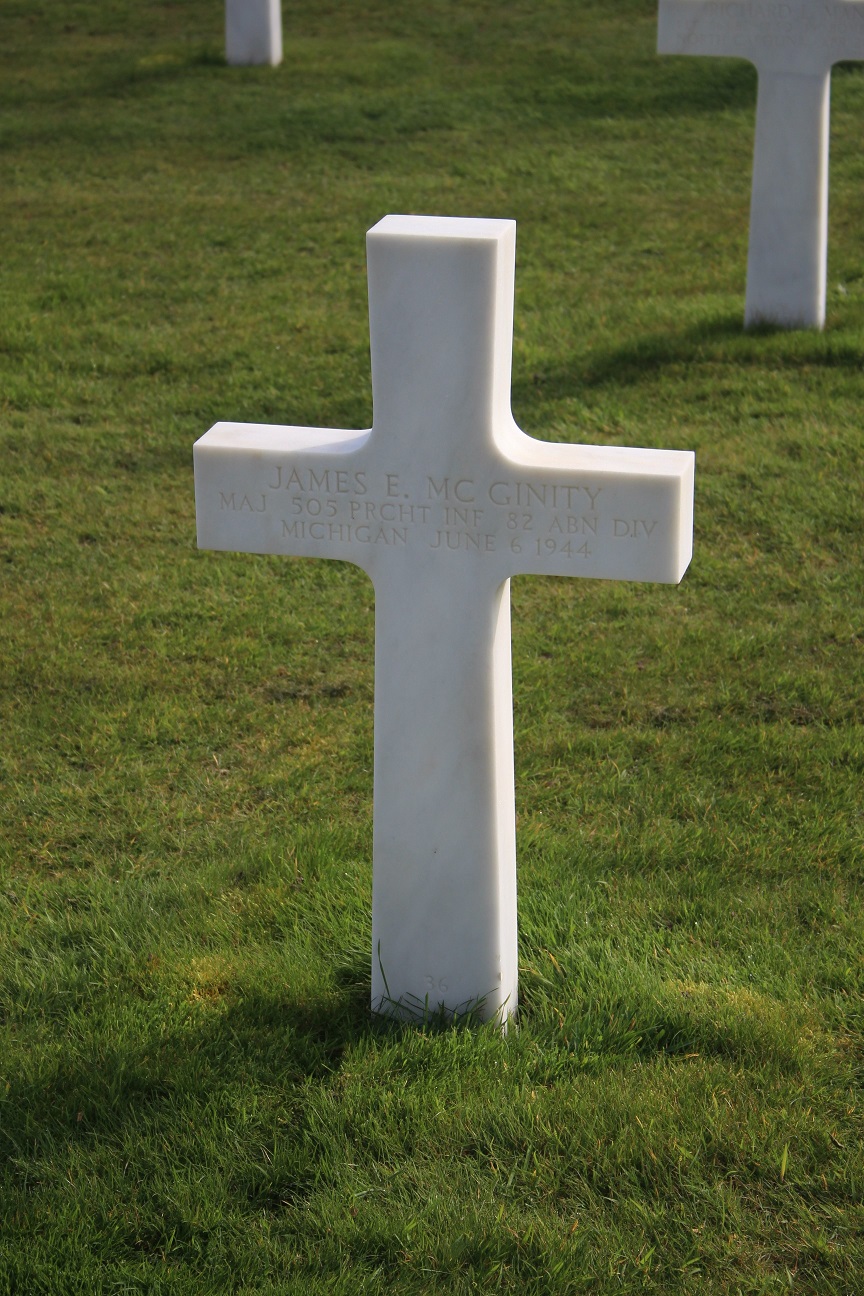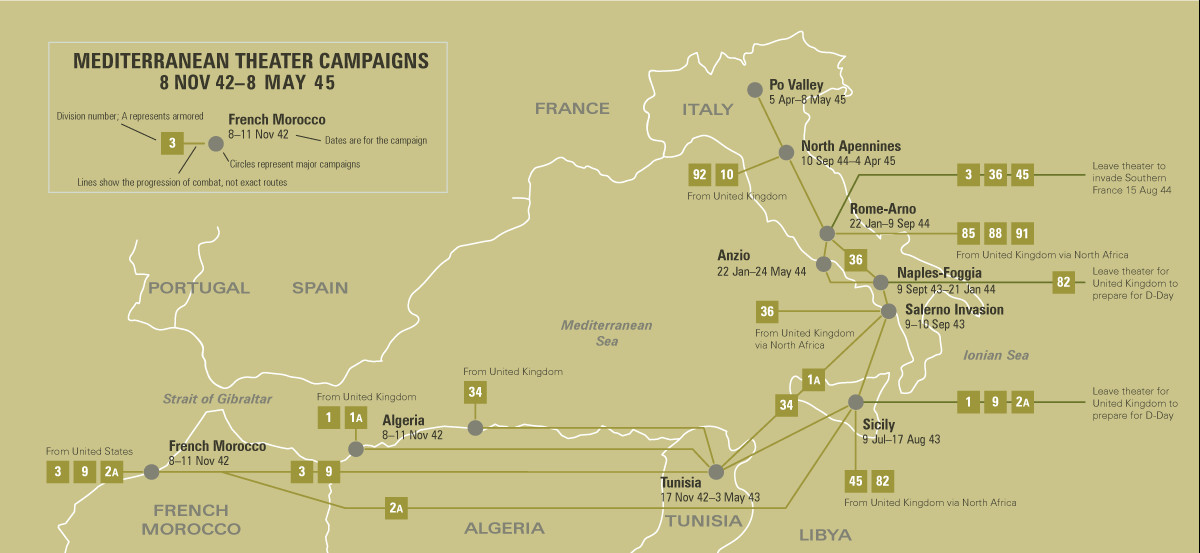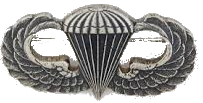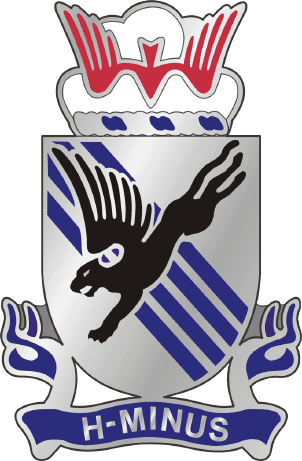|
James Edward Mc GINITY
| ||||||||||||||||||||||||||||
|---|---|---|---|---|---|---|---|---|---|---|---|---|---|---|---|---|---|---|---|---|---|---|---|---|---|---|---|---|
 | ||||||||||||||||||||||||||||
| NUMBER OF SERVICE | O-023257 | |||||||||||||||||||||||||||
| AGE | 29 years old | |||||||||||||||||||||||||||
| DATE OF BIRTH | 13 January 1915 Detroit Wayne County | |||||||||||||||||||||||||||
| ETAT | MICHIGAN | |||||||||||||||||||||||||||
| FAMILY | ||||||||||||||||||||||||||||
| RANK | Major | |||||||||||||||||||||||||||
| FONCTION | Second in command | |||||||||||||||||||||||||||
| JOB BEFORE ENLISTEMENT |  | |||||||||||||||||||||||||||
| DATE of ENLISTEMENT | ||||||||||||||||||||||||||||
| COMPANY | Headquarter Company | |||||||||||||||||||||||||||
| BATTALION | 1st Battalion | |||||||||||||||||||||||||||
| REGIMENT | 505th Parachute Infantry Regiment | |||||||||||||||||||||||||||
| DIVISION | 82nd Airborne Division | |||||||||||||||||||||||||||
| DATE OF DEATH | 6 June 1944 |  | ||||||||||||||||||||||||||
| STATUS | KIA | |||||||||||||||||||||||||||
| PLACE OF DEATH | Manoir of the Fière / Sainte Mère Eglise | |||||||||||||||||||||||||||
| CEMETERY | NORMANDY AMERICAN CEMETERY of Colleville | |||||||||||||||||||||||||||
| GRAVE |
| |||||||||||||||||||||||||||
| DECORATION |
| |||||||||||||||||||||||||||
| ||||||||||||||||||||||||||||
| STORY | ||||||||||||||||||||||||||||
|
Christmas card, 1940's from Olive (Voorheis) Judson collection. |  | |||||||||||||||||||||||||||
Activated/Activé |
Normandy/Normandie |
| 25 Mar 1942 | Days of Combat/Jour de Combat 422 |
| Casualties/Victimes 9 073 | |
Entered Combat/Entré au combat |
|
| 9 Jul 1943 at Sicily | |
|
Commanding Generals/Commandants généraux Maj. Gen. Omar Bradley (Mar 42 - Jun 42) |
Campaigns/CampagnesSicily (9 Jul - 17 Aug 43) Normandy (6 Jun 44 - 24 Jul 44) Rhineland (15 Sep 44 - 21 Mar 45) |
CARTE DE CAMPAGNE DU THÉÂTRE MÉDITERRANÉENCAMPAIGN MAP OF THE MEDITERRANEAN THEATER |
|
 |
|
PLAN DE ROUTE DE LA CAMPAGNE - CAMPAIGN ROUTE MAP |
|
 |
|
DIVISION CHRONICLEThe 82d Airborne Division landed at Casablanca, 10 May 1943, and trained. Elements first saw combat in Sicily, when the 505th RCT and part of the 504th dropped behind enemy lines, 9-10 July 1943, at Gela. The remainder of the 504th RCT dropped, 11-12 July 1943, also near Gela, after running friendly naval and ground force fire. Scattered elements formed and fought as ground troops. The elements were flown back to Tunisia for reequipment and returned to Sicily to take off for drop landings on the Salerno beachhead. The 504th Parachute Infantry dropped, 13 September 1943, and the 505th the following night; the 325th landed by boat. These elements bolstered Salerno defenses and fought their way into Naples, 1 October 1943. After a period of occupation duty (and combat for some elements in the Volturno Valley and Anzio beachhead), the Division moved to Ireland, November 1943, and later to England, February 1944, for additional training. Moving in by glider and parachute, troops of the 82d dropped behind enemy lines in Normandy on D-day, 6 June 1944, before ground troops hit the beaches. Cutting off enemy reinforcements, the Division fought its way from Carentan to St. Sauveur-le-Vicomte, fighting 33 days without relief. Relieved on 8 July, it returned to England for refitting. On 17 September, it was dropped at Nijmegen, 50 miles behind enemy lines, and captured the Nijmegen bridge, 20 September, permitting relief of British paratroops by the British 2d Army. After heavy fighting in Holland, the Division was relieved 11 November and rested in France. It was returned to combat, 18 December 1944, to stem the von Rundstedt offensive, blunting the northern salient of the Bulge. It punched through the Siegfried Line in early February 1945, and crossed the Roer, 17 February. Training with new equipment in March, the Division returned to combat, 4 April, patrolling along the Rhine, securing the Koln area, later moving across the Elbe, 30 April, into the Mecklenburg Plain, where, 2 May 1945, the German 21st Army surrendered. |
CHRONIQUE DE DIVISIONLa 82ème division aéroportée a atterri à Casablanca le 10 mai 1943 et s'est entraînée. Les éléments ont d'abord été combattus en Sicile, lorsque le 505ème RCT et une partie du 504ème ont été largués derrière les lignes ennemies, du 9 au 10 juillet 1943, à Gela. Le reste de la 504ème RCT est tombé, du 11 au 12 juillet 1943, également près de Gela, après des tirs amicaux contre des forces navales et terrestres. Des éléments épars se sont formés et se sont battus en tant que troupes au sol. Les éléments ont été rapatriés en Tunisie pour le rééquipement et sont retournés en Sicile pour décoller pour atterrir sur la tête de pont de Salerne. Le 504th Infantry Parachute Infantry est tombé le 13 septembre 1943 et le 505ème le lendemain soir; la 325ème atterrit en bateau. Ces éléments ont renforcé les défenses de Salerno et se sont introduits à Naples, le 1er octobre 1943. Après une période d'occupation (et de combat pour certains éléments dans la vallée de Volturno et la tête de pont d'Anzio), la division s'est installée en Irlande en novembre 1943 , Février 1944, pour une formation supplémentaire. Se déplaçant en planeur et en parachute, les troupes du 82d tombèrent derrière les lignes ennemies en Normandie le 6 juin 1944, avant que les troupes terrestres ne frappent les plages. En coupant les renforts ennemis, la Division se fraya un chemin de Carentan à Saint-Sauveur-le-Vicomte, combattant 33 jours sans soulagement. Soulagé le 8 juillet, il est retourné en Angleterre pour y être réaménagé. Le 17 septembre, il a été largué à Nimègue, à 50 milles derrière les lignes ennemies, et a capturé le pont de Nimègue, le 20 septembre, permettant ainsi à la 2 e armée britannique de soulager les parachutistes britanniques. Après de violents combats en Hollande, la division est soulagée le 11 novembre et se repose en France. Il fut remis au combat le 18 décembre 1944 pour endiguer l’offensive de von Rundstedt, assourdissant le saillant septentrional des Ardennes. Il a percuté la ligne Siegfried au début de février 1945 et a traversé la Roer le 17 février. S'entraînant avec de nouveaux équipements en mars, la Division est revenue au combat le 4 avril, patrouillant le long du Rhin, sécurisant la région de Koln, traversant ensuite l'Elbe le 30 avril dans la plaine de Mecklenburg où, le 2 mai 1945 s'est rendu. |
| SOURCE INFORMATION & PHOTO | Armydivs.squarespace.com |
|---|
|
Written by his brother, George J. McGINITY James Edward Mc Ginity was born 13 January 1915 in Detroit, Michigan, the first of three children of Frances X. and Jennie M. McGinity. He attended grammar school and high school in Michigan, graduating from Sacred Heart Seminary in 1932. Following graduation he enlisted in the AUS and was stationed at Sault St. Marie, Michigan. In 1936 he received a senatorial appointment to West Point and graduated 11 June 1940. After West Point he requested Air Corps and was sent to Glenview, Illinois, as a student officer, Chicago School of Aeronautics. His instructors judged that another phase of military life would be more suitable for his talents. He was transferred to “M” Company, 60th Infantry, Fort Bragg, North Carolina. February 12, 1941 he stated, “I wrote the Chief of Infantry requesting parachute troop service, it is the closest to the Air Corps I can get. Further letters in November 1941 showed that he was a paratrooper and a first lieutenant in “C” Company, 504th PIR, Fort Benning, Georgia. February 1, 1942 he was promoted to captain and 8 September 1943 to major. The 505 PIR was activated 25 June 1942 and on 6 July 1942, as one of the original group of officers, he was transferred to the 505 under the command of Colonel James M. Gavin. He went overseas with the 505 and trained in North Africa for the invasion of Sicily. In June 1943 he was placed in command of “G” Company. A letter from Sergeant Ron Snyder,”G” Company 505, relates, “In early June 1943, on a hot, dusty day in the North African desert, we were assembled to meet our new company commander, Captain James McGinity. He was soft spoken, articulate, and an obvious gentleman. Captain McGinity shaped “G” Company into a smooth fighting machine, and on the night of 9 July 1943 he led us into our first combat, spearheading the assault on the island of Sicily. “G” Company performed well in battle during the bitter fighting for Bizzi Ridge against the Hermann Goring Panzer Division. In my mind he has always exemplified the term “Officer and a Gentleman” Mr. H.M. Bishop, “G” Company during the Sicilian campaign, wrote, “We would follow him to hell and back.” Another member of the 505, Ernest Seitz, wrote, “He is still a part of my life, a man to model after. You tried a little harder after knowing him.” July 9, 1943, in the first airborne invasion on a regimental scale by American paratroopers, his company distinguished itself as noted in William B. Breuer’s book Drop Zone Sicily. “A group of 80 paratroopers of “G” Company 505 PIR was engaged in a bitter fire fight with enemy defenders of Ponte Dirillo … The 80 paratroopers under command of Captain James McGinity, drove the German defenders from pillboxes guarding the site and took control of the objective of a battalion of straight infantry still at sea.” After the Sicilian campaign, he became executive officer of the 2nd Battalion under Lieutenant Colonel Mark Alexander. Following training near Oujda, North Africa, the battalion parachuted into Italy and was among the first occupation troops in Naples. As executive officer of the 1st Battalion 505 PIR, under command of Major Kellam, Jim jumped into action in Normandy with their objective “The Bridge at Lafiere.” General Gavin’s book On to Berlin states, “About a half mile from LaFiere I came across the 1st Bn 505, organized, under control, and already launching an attack on LaFiere Bridge … The battalion commander, Major Frederick Kellam, was attacking the bridge with the leading company. I learned shortly thereafter that he had been killed in the attack and the battalion taken over by the executive Major James McGinity … I arrived at LaFiere before darkness and learned that Major McGinity had been killed.” (Jim was posthumously awarded the Silver Star.) Thomas P. Furey (Class of ‘42) wrote, “I knew your brother very well, both as a fellow cadet and as a fellow paratrooper. I went overseas in the spring of 1944 and wound up in Company A of the 505 PIR as executive officer. On the “D Day” drop, after we assembled and marched to our objective, the LaFiere Bridge, I heard of his death at the bridge. “In 1979 we visited the bridge at LaFiere. While we were in France, I stopped to pay homage to Jim at the cemetery where he rests in peace. I laid a garland of roses on his grave and said a short prayer for one of the finest men I ever knew.” The Catholic chaplain of the 505 PIR, Matthew Connelly, wrote my parents after Jim’s death and stated, “I knew James for more than two years, lived in the same tent, slept and ate with him. As a priest I could never ask for a better companion. He is loved not only by me, but also by his men. I jumped from James’ plane often. Always immediately after him. Now it is all over. But my fondest recollection of James is he and his battalion commander, Major Kellam, serving the last mass we had before taking off for France. James saved my life that night. I was injured on the jump. He dragged me to safety. A few hours later he was dead. I know you both are heartbroken by your loss. You will always be.” Major General George Mayo, Jr., USA Retired, Don Lassen and the Airborne publication Static Line, and A1 Lang-don’s “C Company” newsletter, enabled this writer to learn about Jim’s military career. Retired Brigadier General Walter F. Winton, Jr. and Brigadier General Samuel McGoodwin, Colonels Frank Colacicco and Julian Cook, Class of 1940, wrote of Jim’s Irish humor, his prowess as a boxer and loyalty to country, friends, church, and West Point. One letter stated, “An evening in October 1942, as we formed for mess in the Alabama training area, a C-53 came in low over the buildings and Jim in defiance of regulations, bailed out. He made a neat landing in the billet area, recovered his parachute, grinned, and fell in at the end of the chow line. He had furnished a big lesson to the troops—that a low altitude jump was no big thing. I imagine he was called on the carpet, but I cannot imagine that the regimental commander, Colonel James M. Gavin, who enjoyed his officers’ lead in risk taking, administered any severe discipline.” Jim loved his family. On his last visit home he put an arm around his mother and said, “I’ll consider marriage after the war, after we take Berlin and I have medals all across my uniform.” Dad often read Jim’s last letter (4 June 1944), “I have played cribbage with the best players in the Airborne and parts of England, but you’re the best, so long champ.”
|
|---|
| SOURCE INFORMATION & PHOTO | Findagrave.com - Clive TIRLEMONT - Frédéric LAVERNHE - Westpointaog.org |
|---|---|
| PROGRAMMER | Garrett, Clive, Frédéric & Renaud |



























